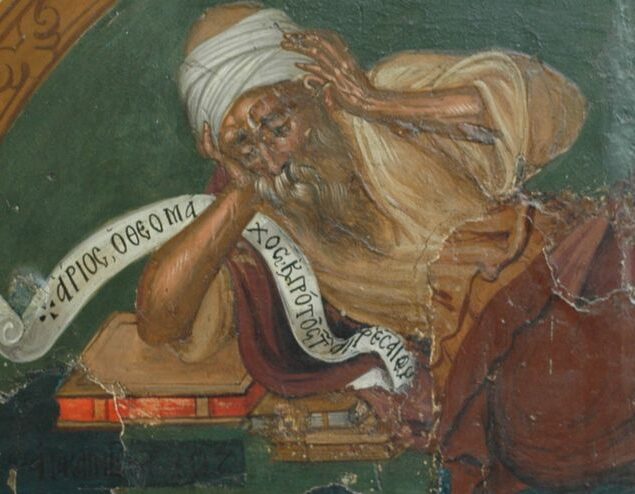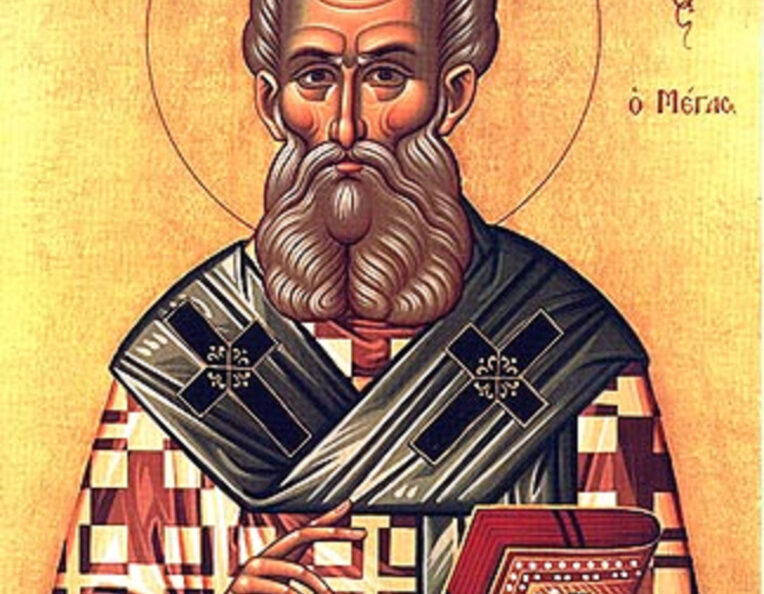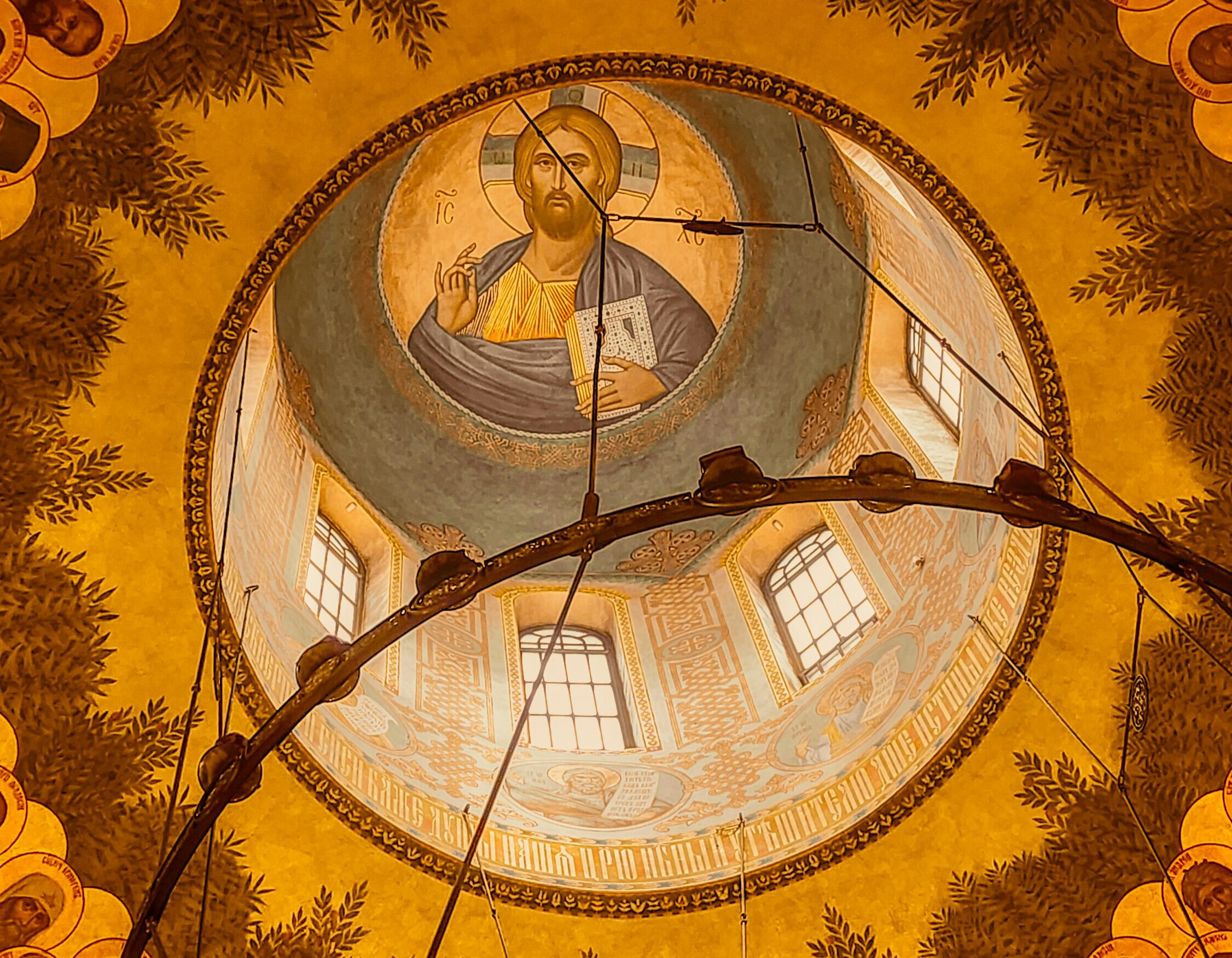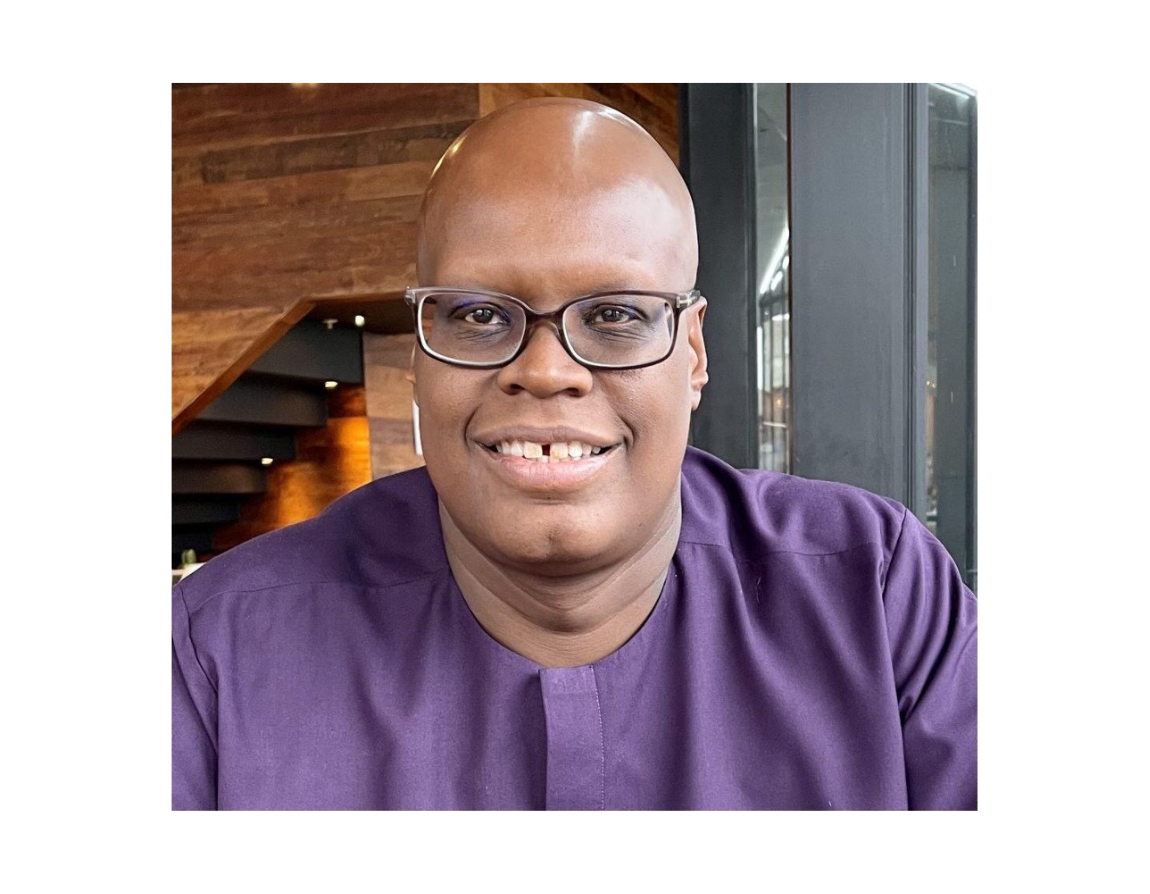In the first of three articles marking the 1,700th anniversary of the Nicene Creed, Mike Royal, general secretary of Churches Together in England, reflects on the continuing significance of the creed in the Pentecostal tradition.
6 July 2025
Introduction
by Karen Laister, head of marketing and engagement, BRF Ministries
At the Churches Together in England forum in March, which brought together leaders from many Christian denominations and organisations, I was struck by how over the centuries the church has continually wrestled with belief, practice and schism. Sitting amid the rich diversity of traditions represented in the Devonshire Hall at the Swanwick conference centre, it felt particularly appropriate to be discussing the unity we share, which is rooted in the doctrines of the Nicene Creed.
Anniversaries are moments not only for celebration but also for reflection. In his article, Mike Royal shares the impact of the Nicene Creed within the Pentecostal tradition. It made me wonder how the Creed is practised and understood within other denominations and faith communities. Some of us recite the Nicene Creed regularly, others may do so only occasionally, yet in many ways, it serves as the theological glue that has held the church together for 1,700 years, shaping and forming the foundations of Christian belief.
The Nicene Creed serves as the theological glue that has held the church together for 1,700 years.
Nicaea 1700: a celebration of churches old and new
This year, 2025, marks 1,700 years since the church Council of Nicaea met in AD325 to discuss the person and nature of our Lord Jesus Christ and produce what became known as the Nicene Creed.
Emperor Constantine’s Roman empire was fractured and divided. To shore up his empire, he called church leaders together at Nicaea in Türkiye to discuss what the church should believe about Jesus. While Constantine’s aims were political, church leaders were focused on preserving the truth about Jesus Christ.
It was a fractious gathering. Apparently, St Nicholas walked across the room and slapped a priest called Arius during a debate about the divinity of Jesus Christ. After weeks of deliberation, between May and July AD325 the council came up with a statement:
We believe in one God, the Father almighty, maker of all things visible and invisible; and one Lord Jesus Christ, the Son of God, begotten from the Father, only-begotten, that is, from the substance of the Father, God from God, light from light, true God from true God, begotten not made, of one substance from the Father, through whom all things came into being, things in heaven and things on earth, who because of our salvation came down and became incarnate and became man, and suffered and rose again on the third day, and ascended to the heavens, and will come to judge the living and the dead, and the Holy Spirit. But as for those who say there was when He was not, and before being born he was not, and that He came into existence out of nothing, or who assert that the Son of God is of a different hypothesis or substance, or created, or is subject to alteration or change – these the Catholic and Apostolic Church anathematises.

It was a fractious gathering. Apparently, St Nicholas walked across the room and slapped Arius.
Jesus the same, yesterday, today and forever
The creed set out a clear understanding of the truth about Jesus Christ. It challenged two errors, namely that Christ was merely human rather than divine and that Christ was created and therefore not co-equal with the Father.
As a Black Pentecostal, what relevance does the Council of Nicaea and the Nicene Creed have for us today?
Firstly, it reminds us that people of African descent made a huge contribution to the formation of early Christianity. African Theologian Harvey Kwiyani states: ‘Between the third and seventh centuries AD, thousands of committed followers of Christ in North Africa left their comfortable homes and villages to live in monastic communities in the desert of Upper Egypt. They would later be known as the Desert Fathers and Desert Mothers.’
African leaders like Athanasius, who was born in Egypt, was a deacon at Nicaea in 325 and became the Primate of Alexandria in 328, were at the Council of Nicaea. The influence of the African Desert Fathers was there at the Council of Nicaea.

People of African descent, like Athanasius, made a huge contribution to the formation of early Christianity.
Christ-centred Pentecostals
Secondly, the Christ-centred truth contained in the Nicene Creed is central to the truth Pentecostals hold to today. Finnish theologian Veli-Matti Kärkkäinen suggests that at ‘the centre of Pentecostal theology is the idea of the “full gospel”, which speaks of Christ in his various roles as saviour, sanctifier, healer, baptiser with the Spirit, and the soon-coming King. Therefore, Pentecostalism represents – contrary to the assumptions of many outsiders – a unique Christo-centric spirit movement.’ As the words of Albert Simpson’s old hymn remind us: ‘Jesus only, Jesus ever, Jesus all in all we sing, saviour, sanctifier, healer, glorious Lord and coming King.’
Thirdly, I would observe that the truth about Christ preached from many Pentecostal pulpits on a Sunday is the same truth declared from the pew when the Nicene Creed is recited in a Church of a England liturgical service. Different traditions but the same truth.

Pentecostalism represents – contrary to the assumptions of many outsiders – a unique Christo-centric spirit movement.
From Nicaea to Azusa
Finally, what the Nicaea Council does for our understanding of the person of Jesus Christ, the Azusa Street Revival does for the church’s experience of the power of the Holy Spirit. The revival in Los Angeles in 1906 was led by African American Pastor William Seymour. Those who were part of that Pentecostal revival took the message round the globe, which takes us back to another verse in Albert Simpson’s hymn: ‘Jesus only is our power; he the gift of Pentecost. Jesus, breathe thy power upon us; fill us with the Holy Ghost.’ Both moments are vitally important in church history.
So as Black Pentecostals, let’s join in with the celebration of Nicaea 1700. Its Christ-centred message is our heritage too!
This article was first published in the Easter 2025 issue of Keep the Faith magazine.

